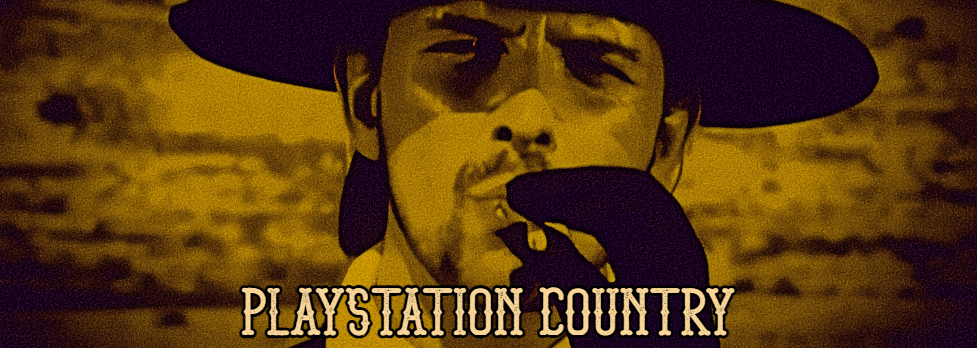We’re nearly two years into the PlayStation 5’s lifespan now and it’s pretty well established that
remakes and remasters are very much an integral part of PlayStation’s ecosystem.
This year alone we’ve seen Uncharted 4: A Thief’s End and Uncharted: The Lost Legacy
receive shiny next gen updates courtesy of Uncharted: Legacy of Thieves Collection, and
following Ghost of Tsushima’s Director’s Cut last year, it seems that Naughty Dog weren’t
content with leaving arguably their most successful IP in the dust either.
 It makes sense – these are great games with huge fan bases and all demand repeat
It makes sense – these are great games with huge fan bases and all demand repeat
playthroughs. Certainly in Ghost of Tsushima’s case, any title that releases close to the end of a
console’s lifespan is inevitably going to make some technical compromises for an end-of-gen
version that would be worth exploring further on next-gen hardware.
In the case of The Last Of Us Part II, which landed in June 2020 – just months away from the
PlayStation 5’s launch, it felt like the PlayStation 4 was reaching its technical peak. It’s still
remarkable that the hardware was able to pull off an action epic of that scope and it naturally got
players thinking about what its successor would be capable of when handling the same
material. While The Last Of Us Part I doesn’t quite answer that question, it’s nevertheless an
impressive showcase of how Naughty Dog’s presentation and ideas translate to the current
generation of hardware.
It’s been less than a decade since TLOU first hit the PlayStation 3 in 2013, and just eight years
since the much-lauded The Last Of Us Remastered hit the PlayStation 4. During that time TLOU
has warranted countless playthroughs, with its stark depiction of a future America in ruins, and
remains a benchmark for storytelling of this kind. In turn, The Last Of Us Part I feels like
something of a definitive version, reinventing the game entirely from the ground up.
 Neatly implementing some of the sequel’s best stylistic choices and gameplay elements, it
Neatly implementing some of the sequel’s best stylistic choices and gameplay elements, it
retains the heart and soul of Joel and Ellie’s adventure, whilst sprucing up the original game’s
visuals to a remarkable standard. Engaging visual touches from the sequel, such as the weapon
upgrade sequences, are also now present, which helps add an additional level of immersion
otherwise missing in the original game. Meanwhile, enhanced lighting and textures make
several key moments pop even more this time around. The hotel basement sequence, for
example, remains one of the ultimate heart-in-mouth horror moments in any video game.
That’s not to say it’s without its flaws, of course. While the cover-based shooting, stealth
gameplay and UI have all been sympathetically re-tooled to reflect the sequel, certain segments
still lack the wow factor. Swimming sections in which Joel must carry Ellie across water on an
improvised raft still feel like an unwelcome interruption to the game’s narrative flow, while
navigational setpieces in which the player is required to improvise bridges and ladders feel like
impositions, rather than enjoyable puzzles to be solved. That said, these moments are few and far between and feel more like gameplay relics of the PlayStation 3 era, as opposed to poor contemporary decisions.
 Where The Last Of Us Part I really impresses, however, is the integration of the accessibility
Where The Last Of Us Part I really impresses, however, is the integration of the accessibility
features that made Part II so impressive. Naughty Dog have made accessibility a key focus for
many years now and the remake takes virtually every possible player need into consideration.
Multiple options are present for players affecting everything from UI, the option to skip puzzles
entirely and enhanced listening functions that assist both visually impaired players and those
who just happen to be hardened completists alike.
While we wouldn’t be entirely surprised to see The Last Of Us re-tooled again in a decade’s
time, it’s difficult to see how Naughty Dog could have refined the experience further. This very
much feels like the definitive statement on a game that has rightly gone on to define an entire
generation of action games and one that remains an absolutely essential experience for anyone
with even a passing interest in the genre.
+ The definitive version of one of the best games ever made
+ Visually stunning
+ Updated controls and stylistic elements refine the experience
+ Some of the best accessibility features in any video game
- It’s literally The Last Of Us again

